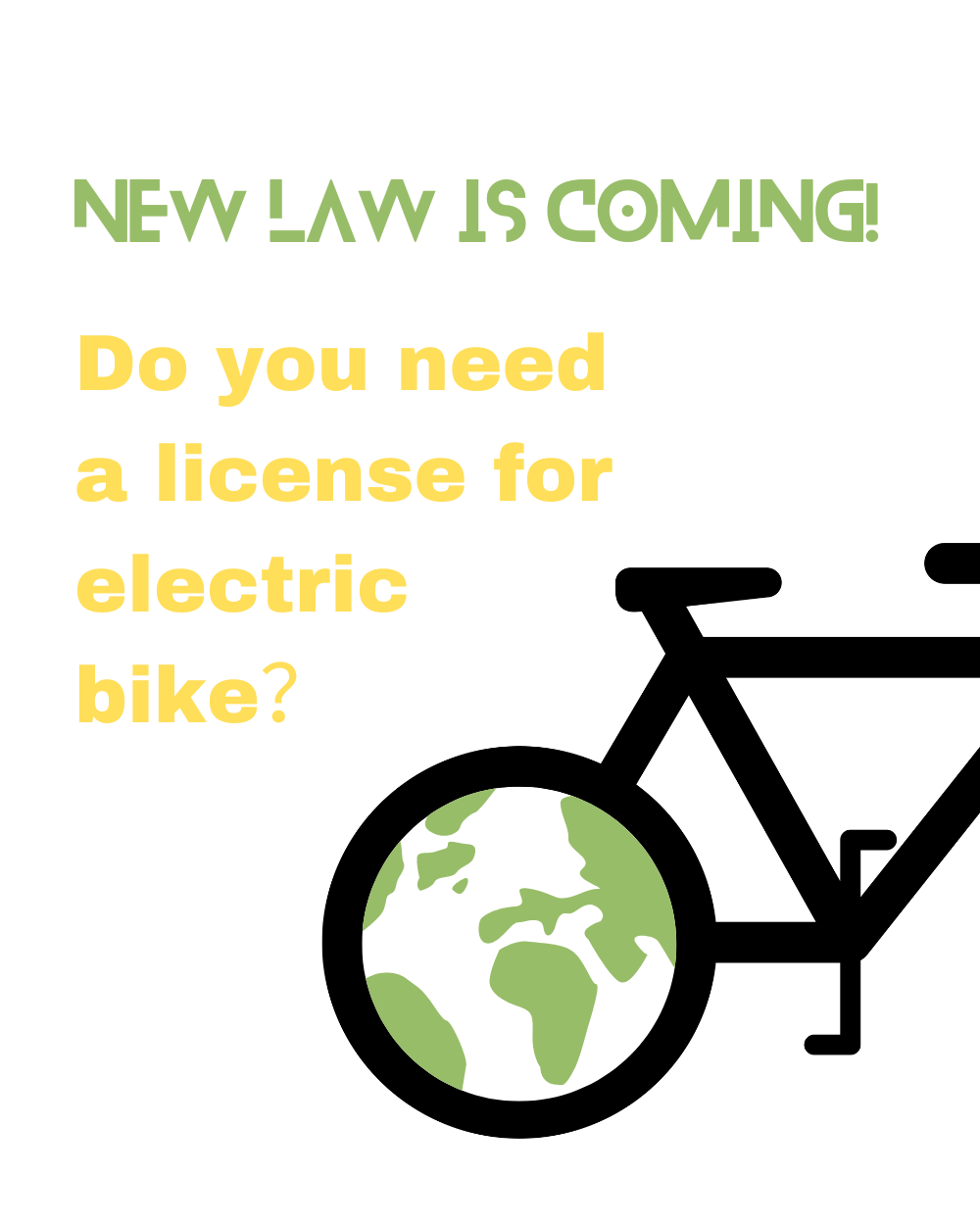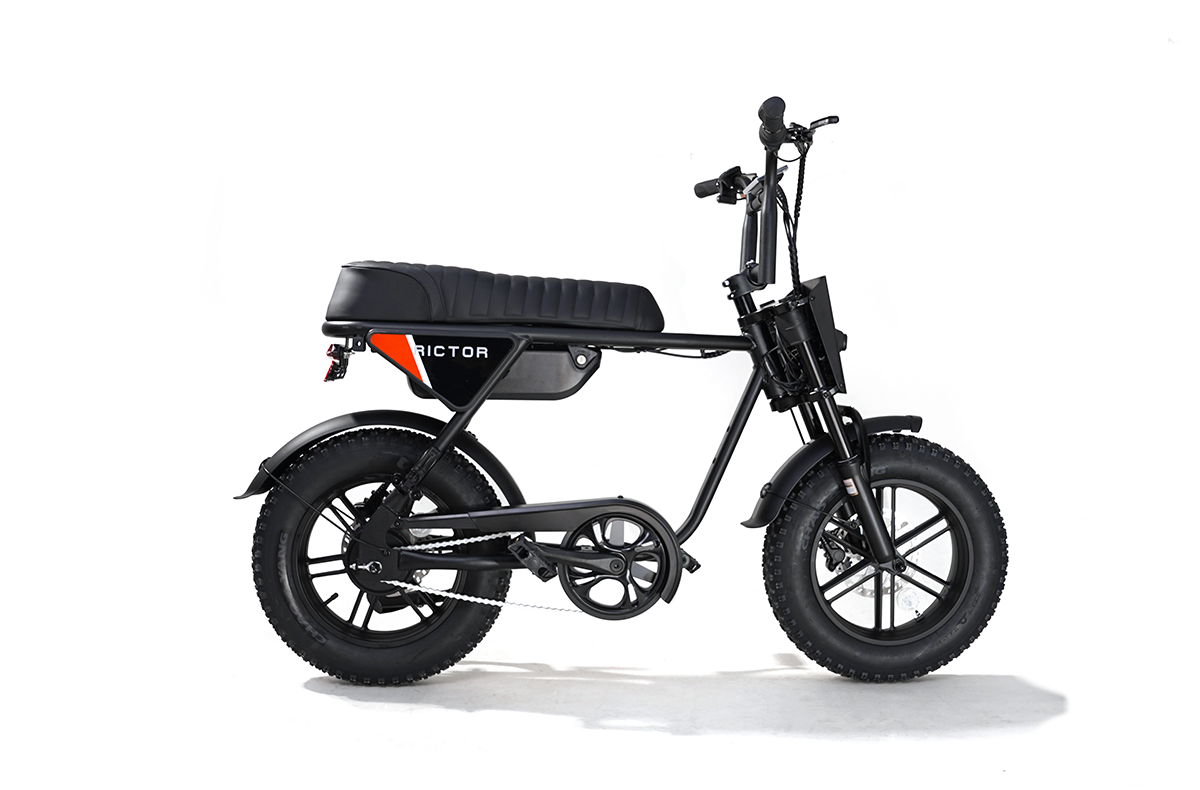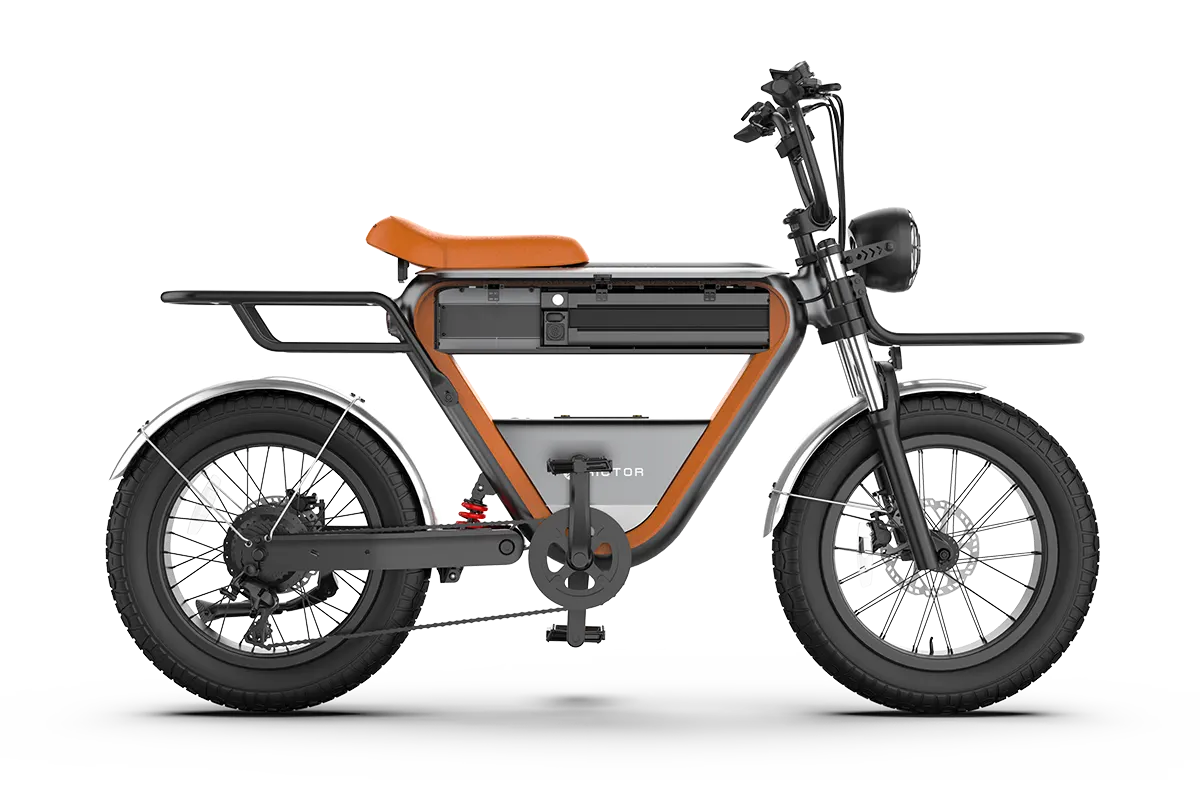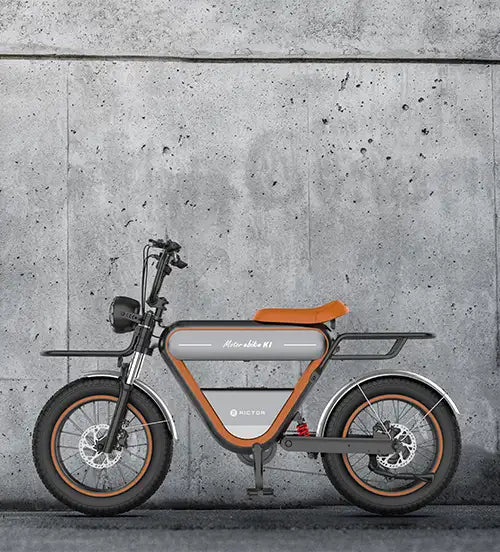
NEW Law is Coming! Do you need a license for electric bike?
The rapid rise of electric bikes in the U.S. has provided a convenient and eco-friendly transportation alternative.
With increased usage comes the need for updated regulations, and 2024 is shaping up to be a year of significant changes.
New laws are being introduced to govern e-bike usage, especially focusing on safety and licensing requirements.
As electric bikes continue to become more common on the roads, it’s essential to stay informed about potential new laws that could affect how, and where, you ride.
What is Electric Bike
An electric bike, such as Rictor K1, is fitted with an electric motor to assist with pedaling or provide propulsion through a throttle. E-bikes come in three main classifications, each with different rules and capabilities.
-
Class 1: Pedal assist only, with a motor that stops assisting at 20 mph.
-
Class 2: Throttle assist, meaning you can use the motor without pedaling, also capped at 20 mph.
-
Class 3: Pedal assist bikes that can reach speeds of up to 28 mph. Due to their higher speeds, Class 3 e-bikes are often subject to stricter regulations.
SEE ALSO The RICTOR K1 is the BEST ALL AROUND EBike Under $2,500!
Do You Need a License for Electric Bike in USA
Currently, most states do not require a license for Class 1 and Class 2 e-bikes. These models are treated similarly to regular bicycles, meaning that in most places, no license, registration, or insurance is necessary.
Class 3 e-bikes, which can travel up to 28 mph, are increasingly subject to stricter laws.
For instance:
-
California doesn’t require a license for Class 1 or Class 2 e-bikes, but Class 3 riders under 18 are required to wear helmets. Local rules also mandate that Class 3 e-bikes be ridden on roads rather than bike paths.
-
New York requires licensing for Class 3 e-bikes and enforces helmet use for riders under 18.
-
Massachusetts mandates a license for all e-bike classes, and registration is required as well.
A Stricter E-Bike Law on the Horizon
A controversial bill is currently being proposed in California that could have a big impact on e-bike riders, particularly younger ones.
Assemblywoman Tasha Boerner recently introduced a law that would prohibit children under 12 years old from riding e-bikes entirely.
Moreover, riders aged 12 and older who don’t have a driver’s license would need to complete an online safety course and carry a photo ID while riding.
The move comes as a response to the rising number of e-bike-related accidents in the state, particularly among teenagers.
According to reports, 2022 saw the highest number of cyclist fatalities in five years, with e-bikes playing a significant role in the spike.
If the bill passes, the law would take effect in July 2025, requiring riders without a driver’s license to complete the safety course and obtain a skills waiver.
Riders would need to carry proof of this completion every time they ride, much like how drivers carry licenses.
The proposed regulations also address safety concerns for pedestrians and other vehicles sharing the roads.
Critics of the bill, including groups like the California Bicycle Coalition, argue that the new requirements might disproportionately affect teens from lower-income households and communities of color.
They worry that requiring ID and additional training could lead to increased police stops and barriers for young riders who rely on e-bikes to get around.
How Safe Are Electric Bikes
E-bike safety has become a major concern in recent years, especially as the number of accidents continues to rise.
In 2024, Orange County reported a 500% increase in e-bike accidents since 2020, prompting local authorities to introduce new rules, including speed limits and restrictions on reckless riding.
These moves come after numerous complaints about unsafe e-bike usage on public roads and trails.
In another incident earlier this year, a 15 year old ebike rider in Encinitas, California, tragically lost their life in a crash with a van.
This incident led to local officials declaring a state of emergency and calling for tighter regulations to ensure that riders, particularly teens, are better equipped to handle the responsibilities that come with riding high-speed e-bikes.
These incidents have reignited debates around e-bike safety, with many experts emphasizing the need for improved infrastructure, such as bike lanes and better street designs, to prevent accidents and fatalities.
Be Safe on an E-Bike
Whether or not new laws come into effect, safety should always be a top priority when riding an e-bike. Here are a few essential tips to keep in mind:
-
Wear a Helmet: Many states require helmets for Class 3 e-bikes or for riders under 18, but it’s always smart to wear one, regardless of legal requirements.
-
Follow Traffic Laws: Just like when riding a regular bicycle, e-bike riders must follow traffic signs, signals, and road rules.
-
Stay Visible: Equip your e-bike with lights, especially when riding at night, and wear reflective clothing to improve your visibility to drivers.
-
Maintain Your E-Bike: Regularly check your brakes, tires, and battery to ensure everything is functioning properly.
Conclusion
As electric bikes gain more popularity, so do the rules meant to keep riders and pedestrians safe.
With new laws, like those coming up in California, lawmakers are focusing on addressing the safety challenges brought by faster and more powerful e-bikes. These changes are about making sure everyone can share the roads responsibly.
Whether you're riding a Class 1, 2, or 3 e-bike, it's essential to stay on top of current and upcoming regulations.
Speed is a thrill, no doubt, but it should never come at the cost of safety.
By staying informed and following the rules, you can enjoy the ride while keeping yourself and others safe.
FAQs
If I am under 18, can I ride a Class 3 e-bike without a driver’s license?
Most states require riders under 18 to wear helmets when riding a Class 3 e-bike, and some may enforce additional age restrictions or require a safety course. In California, for instance, if a proposed bill passes, riders aged 12 and over without a driver’s license will need to take an e-bike safety course and carry an ID.
Can I modify my e-bike to exceed its class speed limits?
Technically, you can modify your e-bike to increase its speed, but doing so could violate local laws and reclassify the bike as a motor vehicle, requiring registration, insurance, and a license. Additionally, tampering with speed limits may void warranties and compromise safety features.
Will ebike speed limits be strictly enforced by law?
Yes, many states and cities are working on enforcing speed limits for e-bikes, especially for Class 3 models. This could include random speed checks and fines for exceeding legal limits. Speeding on a Class 3 e-bike could result in similar consequences as speeding in a car, depending on the location.
💡 Explore More Here!
- Are e-bikes waterproof? the truth might surprise you!we still have owesome recommendation
- Your handy checklist for buying a new e-bike, don't miss your best bike
- How Fast Can E-Bikes with Different Voltages Go?
- Are Electric Bikes Allowed in National Forests? (In Some, Yes)
- Quick Gearshift Tips! Easy Guide for Beginners on 7 Speed Bikes




